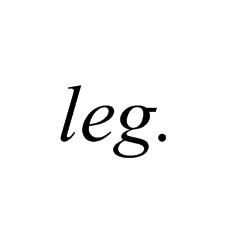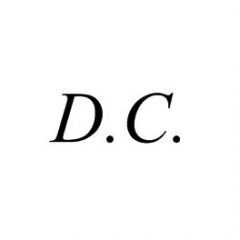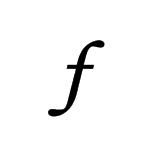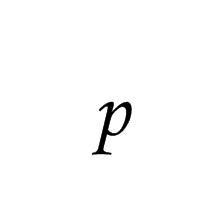![]()
![]()
![]()
Use LEFT and RIGHT arrow keys to navigate between flashcards;
Use UP and DOWN arrow keys to flip the card;
H to show hint;
A reads text to speech;
17 Cards in this Set
- Front
- Back
|
Ledger Lines
|

Short lines drawn above or below the staff for notes too high or too low to appear on the staff.
|
|
|
Sharp
|

Sign used to raise the pitch of a note one half step.
|
|
|
Flat
|

Sign used to lower the pitch of a note one half step.
|
|
|
Natural
|

Sign used to cancel a sharp or flat.
|
|
|
Tie
|

A curved line connecting to notes of the same pitch. The second note is not to be played, but its value is added to that of the first.
|
|
|
Repeat
|

Repeat the section between these signs. If there is only one sign, then go back to the beginning of the piece.
|
|
|
The end or close of the piece.
|
Fine
|
|
|
Fermata (bird's eye hold)
|

To hold or pause
|
|
|
Treble or G Clef
|

Staff sign for notes above middle C.
|
|
|
Bass or F Clef
|

Staff sign for notes below middle C.
|
|
|
Legato
|

Indicates that a passage is to be played very smoothly without interruptions between notes.
|
|
|
Da capo
|

Go back to the beginning.
|
|
|
Accent
|

TO place emphasis on a specific note.
|
|
|
Forte
|

Strong or loud.
|
|
|
Piano
|

Soft or quiet
|
|
|
Phrase Line
|

A curved line drawn over or under a group of notes, slur indicating that the notes should be played smoothly and connected. (legato)
|
|
|
Fermata
|

To hold or pause.
|

